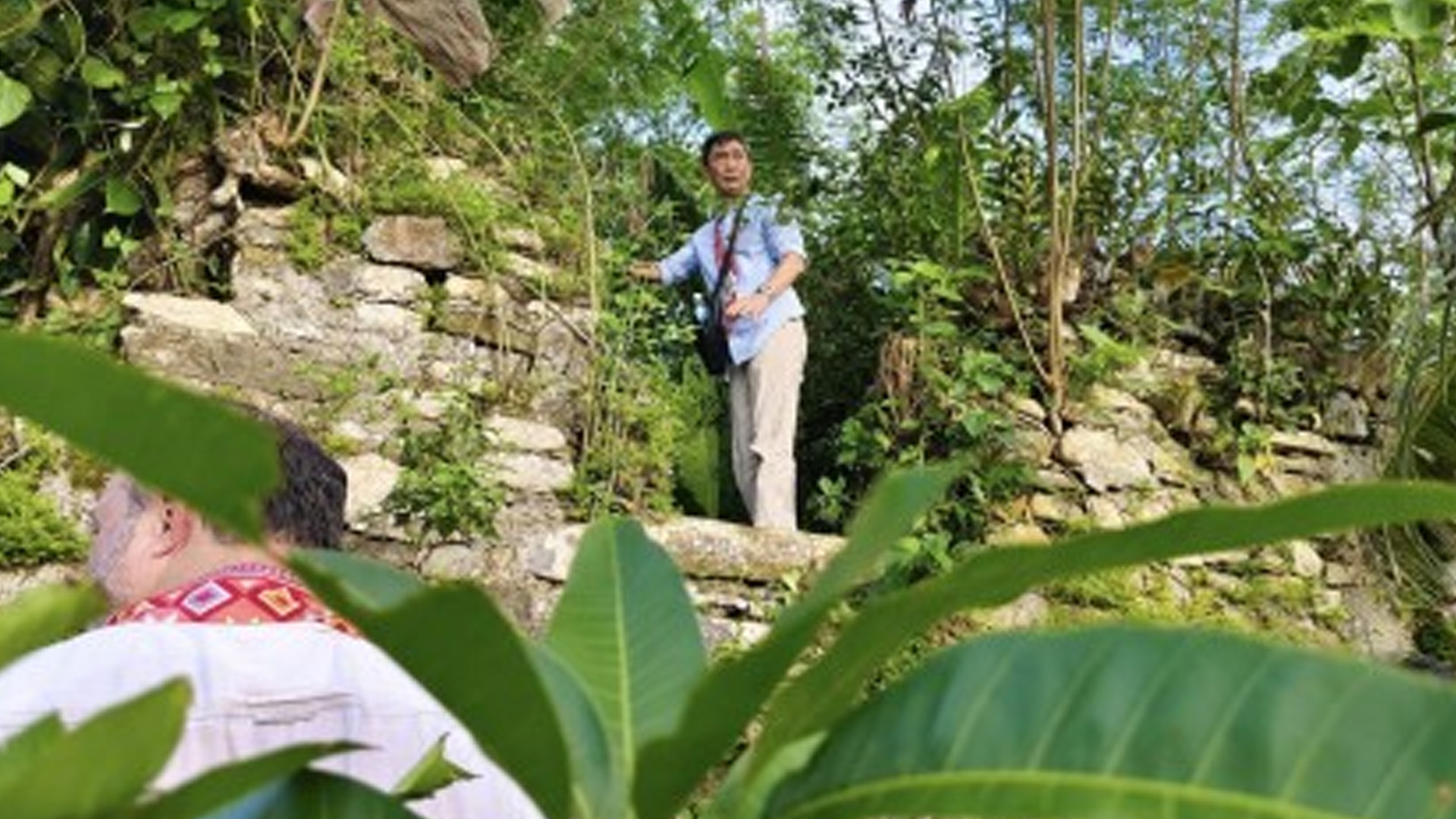The Samar provincial government launched a campaign to intensify the conservation of defense structures built during the Spanish colonization.
The project “Safeguarding the Sentinels of the Samar Seas: Conservation of the Samar Fortifications” is in partnership with the University of Santo Tomas Graduate School Center for Conservation of Cultural Property and Environment in the Tropics (UST-CCCPET).
With a USD245,000 grant from the United States Ambassadors Fund for Cultural Preservation, it seeks to protect 22 defense structures documented by the UST-CCCPET in Samar.
These include 13 sentinels overlooking the sea or river routes, seven fortifications, one naval garrison and one undetermined structure.
In a statement Monday, National Commission for Culture and the Arts (NCCA) Executive Director Eric Zerrudo urged the people of Samar to guard and protect the heritage structures that tell the beautiful story of the province.
“This is your role, to be sentinel and steward of this heritage. Always capture that moment wherein your past will give you something for a promising future,” Zerrudo said.
This conservation project is a product of the massive cultural mapping launched in 2017, leading to the discovery of fortifications in almost all coastal towns in the province, according to Zerrudo.
These structures are in the coastal towns of Gandara, Zummaraga, Tarangnan, Catbalogan, Jiabong, Paranas, Pinabacdao, Villareal, Santa Rita, Basey and Pagsanghan.
Before becoming an NCCA official, Zerrudo was part of the UST team that conducted the cultural mapping in the province.
National Historical Commission of the Philippines (NHCP) Chair Regalado Trota Jose said that having proper knowledge of the past will help safeguard the fortifications.
“We have to study the sources. We have to dominate the knowledge of Samar by learning the sources in their own language,” Jose stated.
To attain this, he urged the provincial government to send scholars to get information about Samar from the Franciscan archive in Spain, where they are kept.
“Everything that can be used for our history must be collected and made accessible to most people. Gathered information must be properly explained for the people to understand how important the fortifications were to the early Samar settlers,” he added.
The NHCP will install markers in the identified fortifications.
Governor Sharee Ann Tan thanked all agencies and people who helped complete the cultural mapping project, noting that educating the younger generation on Samar history is among their priorities in partnership with the Department of Education (DepEd).
“I always believe that everything and anything that we do in the province must be backed up with proper research, and we share this with DepEd for our younger generation to appreciate,” Tan said.
Department of Tourism (DOT) Regional Director Karina Rosa Tiopes thanked the provincial government for including their agency in the project.
“We at the DOT are very lucky to be on board in this journey of Spark Samar. This is a very significant project as it is meant to preserve our heritage that we need to protect. It is incumbent upon us to preserve these structures for our children,” Tiopes said in a phone interview Monday.
She added that as the lead agency in promoting tourism, they are committed not only to supporting the preservation and conservation effort, but it is also their duty, to tell the past Samar and what Samar is now today.
Initially, the project prioritizes the preservation of two fortifications — a naval garrison and watchtower in Sta. Rita town and a medium fortification and a watchtower in Gandara town.
These fortifications were helpful to the early settlers of Samar, as this kept them safe from the invading Moro raiders during the Spanish-Moro conflict. (PNA)







